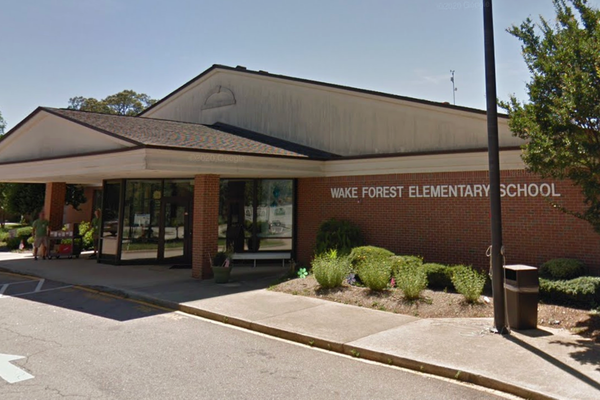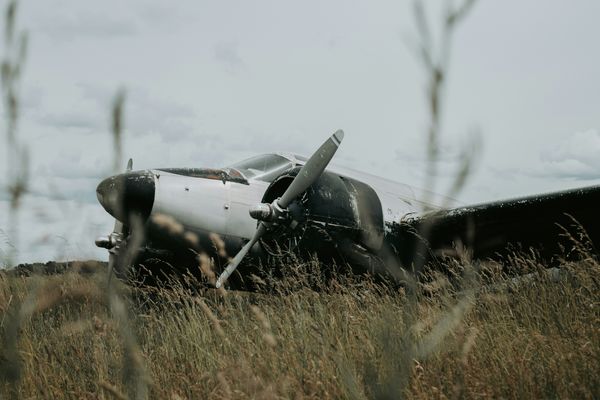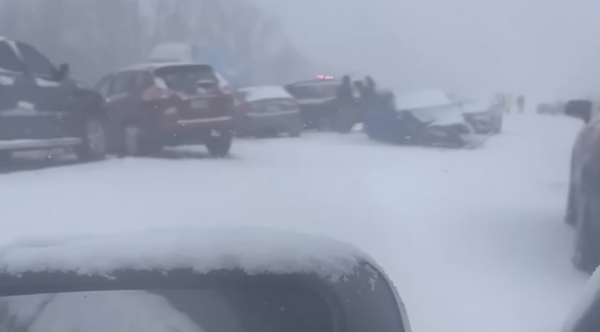
Australia's threatened animals and plants can be protected while making way for renewables, according to research that calls for better planning to strengthen public trust in the clean energy transition.
By avoiding one-third of land needed by threatened species, up to 90 per cent of high-value habitats can be preserved, researchers at the Australian Conservation Foundation and the University of Melbourne have found.
With more than 2000 species such as koalas, wombats and gliders listed as threatened, mapping shows most at-risk species live close together and their habitats can be easily identified and avoided.

The federal government should invest in accurate mapping to make sure nature and renewable energy infrastructure can co-exist, the foundation's acting chief executive Paul Sinclair said.
"We have the tools and the means to do it now," Dr Sinclair told AAP.
"(Environment Minister) Murray Watt can fund this mapping tomorrow to help us as a country identify these areas that we need to protect, but also be really clear about areas that are suitable for projects our country needs, like renewable energy."
Separate analysis from the CSIRO, Australia's national science agency, has consistently shown renewable energy remains the lowest-cost option for low-emission electricity generation.

But poorly planned and located power infrastructure risked undermining public trust in the energy transition, at a time when renewables needed to rapidly expand, the Mapping Renewables for Nature report said.
The researchers highlighted examples of a community-led renewables construction path in Queensland, wind farms that could utilise existing transmission lines in Victoria and a solar farm on a sheep property in NSW.
Having publicly accessible data and mapping to show considered planning would be a way to build confidence in the energy transition, Dr Sinclair said.
"We know we have to increase the amount of renewable energy by two or three times what we currently have now," he said.
"So getting the way we plan and build infrastructure ... right will pay us back over generations in avoided social conflict and voided costs of restoring bush that's been needlessly knocked over."







